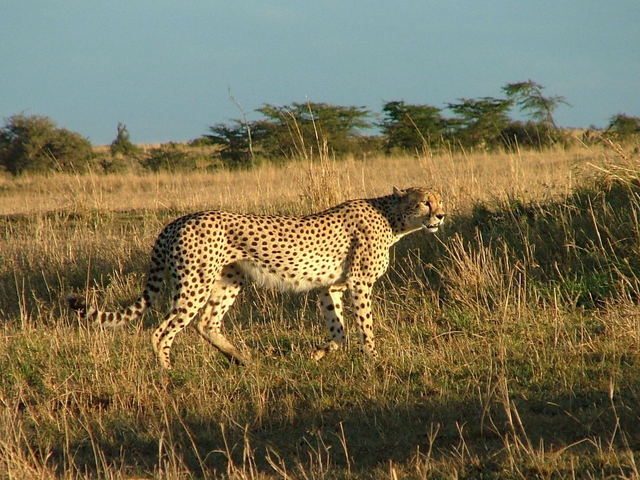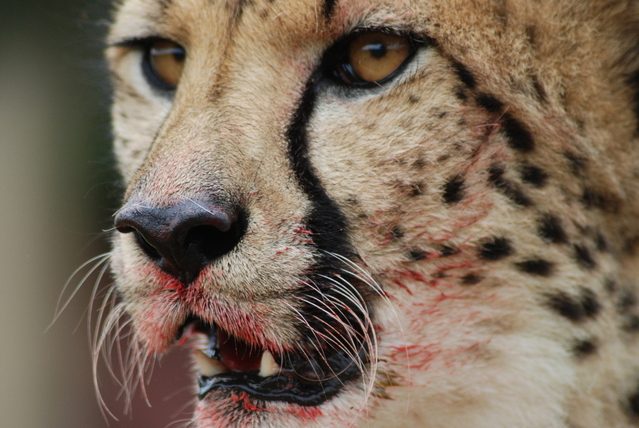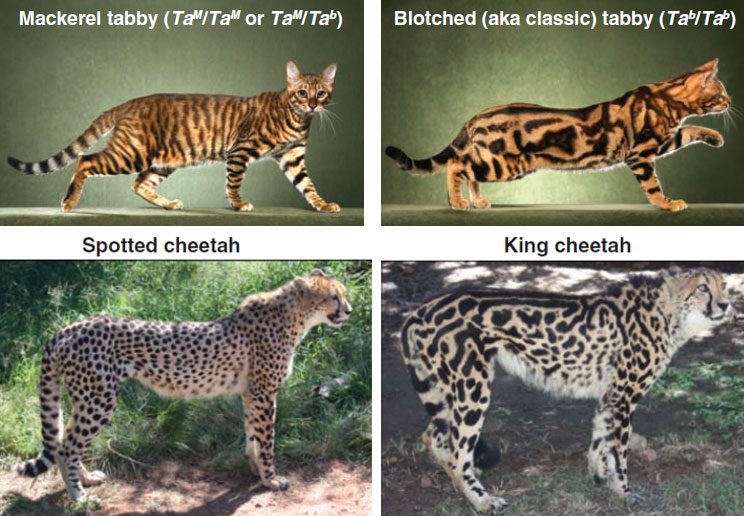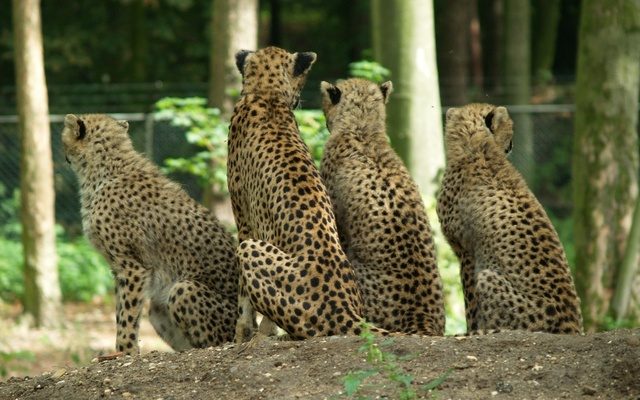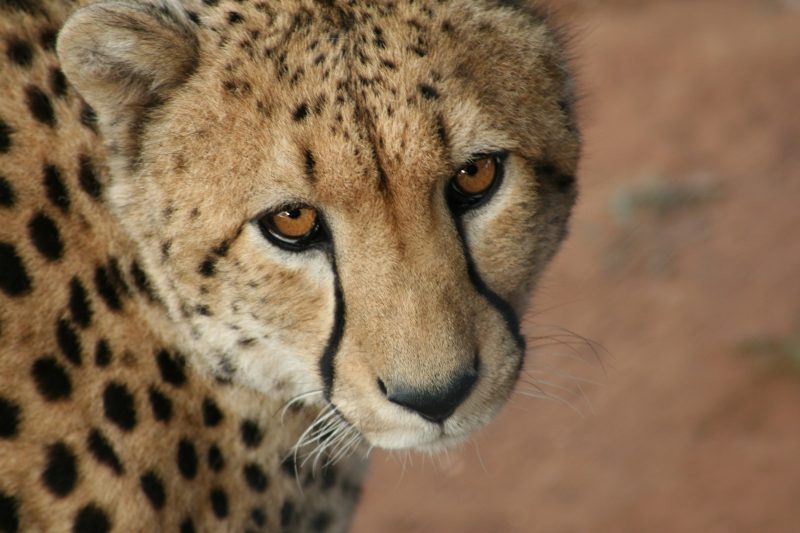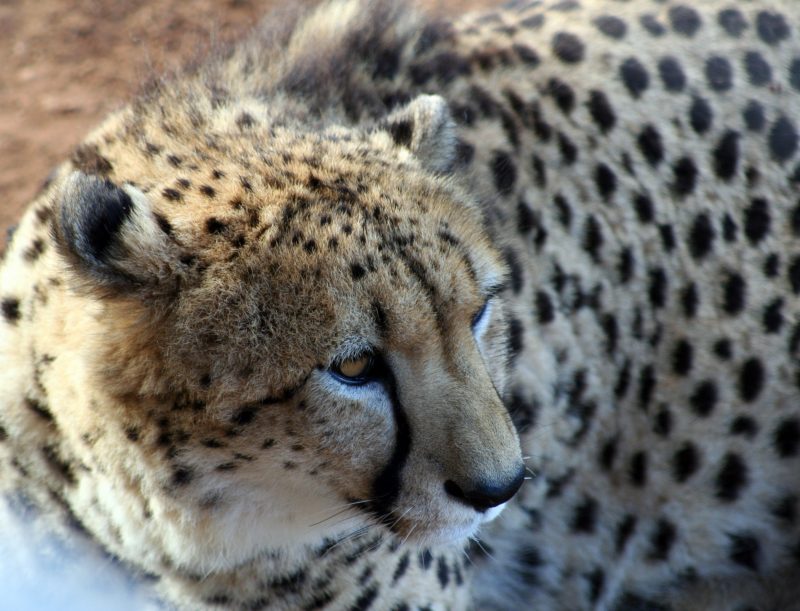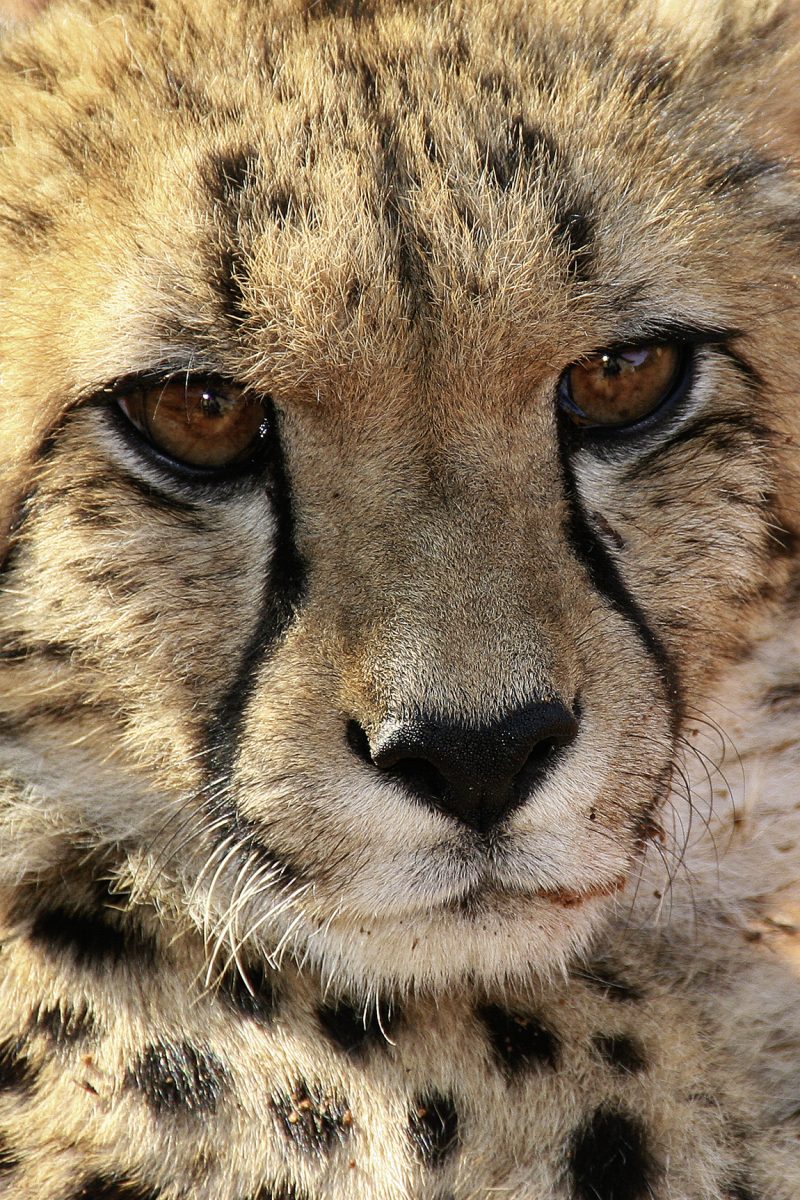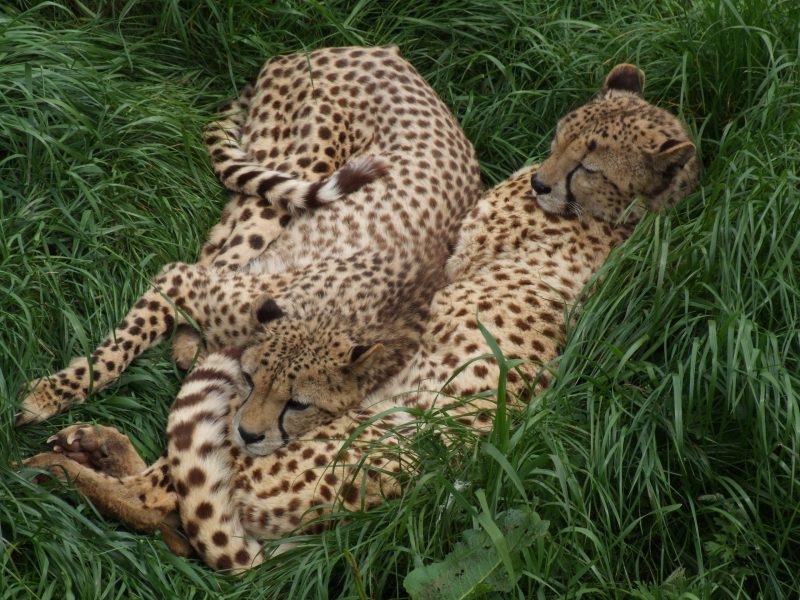Population Decline Of Cheetahs In Kenya
Wildlife safari travelers to Kenya never seize to be inspired at the sight of a cheetah majestically surveying the landscape for its next prey standing upon a hill or an ant mound. As a truly hard-core carnivorous animal, the cheetah in the wild depends on meat for survival. The diet consists mainly of steenboks, springbok, duikers, kudu, zebras, gazelles, impalas, hartebeest, Oryx, roan, wildebeest calves and smaller hoofed animals. Furthermore, it may eat smaller animals such as rabbits, birds, antelopes, hares, and warthogs. However, the most preferred by the cheetah and its favorite is the Thompson’s gazelle. There is something about Thomson’s gazelle meat that makes the stomach of the cheetah rumble. And Mother Nature has made sure that there is never any lack of these animals in the wild.
Cheetahs are known to have a voracious appetite. They can consume an average of 8 lbs of food everyday and enjoy every bit of the morsel. As far as the liquid intake is concerned, these cats lead a dry lifestyle in the savannahs. Therefore, cheetahs have developed the ability to survive with just one drink every four days. Sometimes they can go on for as long as ten days in the wild without drinking a drop of water. Despite the food abundance and the adaptability to go for long without water, their range and population have decreased.
Declining distribution range
The mighty cheetah used to be the most wide-ranging of the wild predators. They roamed around on land, throughout all of the Arabian Peninsula, Asia Minor, and Africa. Archaeologists have even found fossils in China, Southern Europe, Northern India, and the Western United States. Sadly, this habitat has now been cut down by 89%, and even the surviving strongholds are very weak. Today, they occur widely but sparsely in eastern, central and southwestern African parks including Zambia, Zimbabwe, and Mozambique, but mainly confined to Southern and Eastern Africa. Namibia, a Southwest African country, is home to the biggest population of cheetah totaling around 2,500. But due to the expanding development and continuous growth of farmland, 95% of the cheetahs in Namibia live on cultivated farmland. The other significant population of cheetahs, the Serengeti of Tanzania and Kenya, holds around 1,000 individuals.
Subspecies near extinction
The Cheetah-Acinonyx is now facing near extinction status. The Asian and European royalty and wealthy people wore their beautiful pelt as it was a symbol of their status. Hence, illegal hunting of these sub species destroyed their population. Today only 50 of these exist in small isolated groups scattered in Eastern Iran.
The King Cheetah was a genetic mutation. It originated from Central Africa and were part of a breeding project to acquire genetic mutations like fur patterns, size, and unusual and rare color forms, with absolutely no regard to its genetic integrity. As a result, this subspecies has a fur pattern mutation, and it turned the usual small spots into large black connected patches. A lack of genetic diversity causes this variation. This African Cheetah are now in South Africa Transvaal Province and Zimbabwe providing that both parents carry the recessive gene.
Real culprits revealed
The cheetah is a dominant predator and is therefore not a prey of other large carnivores. As such, lack of food is never an issue for them as it can eat any animal in the wild barring a few. So, the question arose as to what causes the population drop. It turns out that the culprit responsible for the drastic reduction in cheetah population is not lack of food but excessive intrusion by human beings. Hence the cheetah’s biggest threat is people.
Hunted by poachers
Historically, poachers shot cheetahs illegally for their prized coats. Cheetah pelts used to be an accessory fad. People also killed these feral cats for trophies and mementos. As a result, not only have the number of cheetahs dropped every year since the last century but they have also completely disappeared from various places. Thankfully, the cheetah’s beautiful coat became more protected in 1970, soon after the authorities strengthened wildlife trade regulations.
Threatening human intrusion
The real threats today are legal sports hunting, loss of habitat and prey, competition from ranchers or other large predators, as well as a loss of genetic variation. Human beings have taken vast areas of its habitat for themselves and turned them into National Parks. The clearing of land for agriculture and farmland has also seen a rapid decline of the cheetah numbers in many areas today. Therefore, paranoid farmers rob these innocent animals of their food supply and living space and eventually kill them. Hence, the wild cheetah population is declining due to persecution by farmers protecting their livestock as well as habitat loss, and in many areas, it has become extinct.
Most endangered cat
Wildlife biologists are doubtful whether cheetah can outrun extinction. Threats to the animal’s survival are hard to measure. However, an expert team from the Zoological Society of London conducted a study compiling the most comprehensive data set revealing that the population declines of cheetah numbers are drastic. They also claim that the situation is much worse off than is claimed. In response to that, today the cheetah is Africa’s most endangered big cat species.
According to the mathematical model created by the team, if the population of cheetahs falls by even just 10 percent on an annual basis, then the numbers would decline by 50 percent in 15 years. Breeding programs have been established in cheetah-populated areas to reverse this trend. The results seem promising in some places but not so much in others. Time will tell. However, if what the team predicts come true, then it is worth doing a wildlife safari in Kenya to watch these remarkable creatures before they get wiped out from the face of the earth.
5 Frequently Asked Questions About Cheetah Population
To receive a colourful digibook about cheetah with videos, images and text, please fill out the following form or simply email us on safaris@safari-center.com

